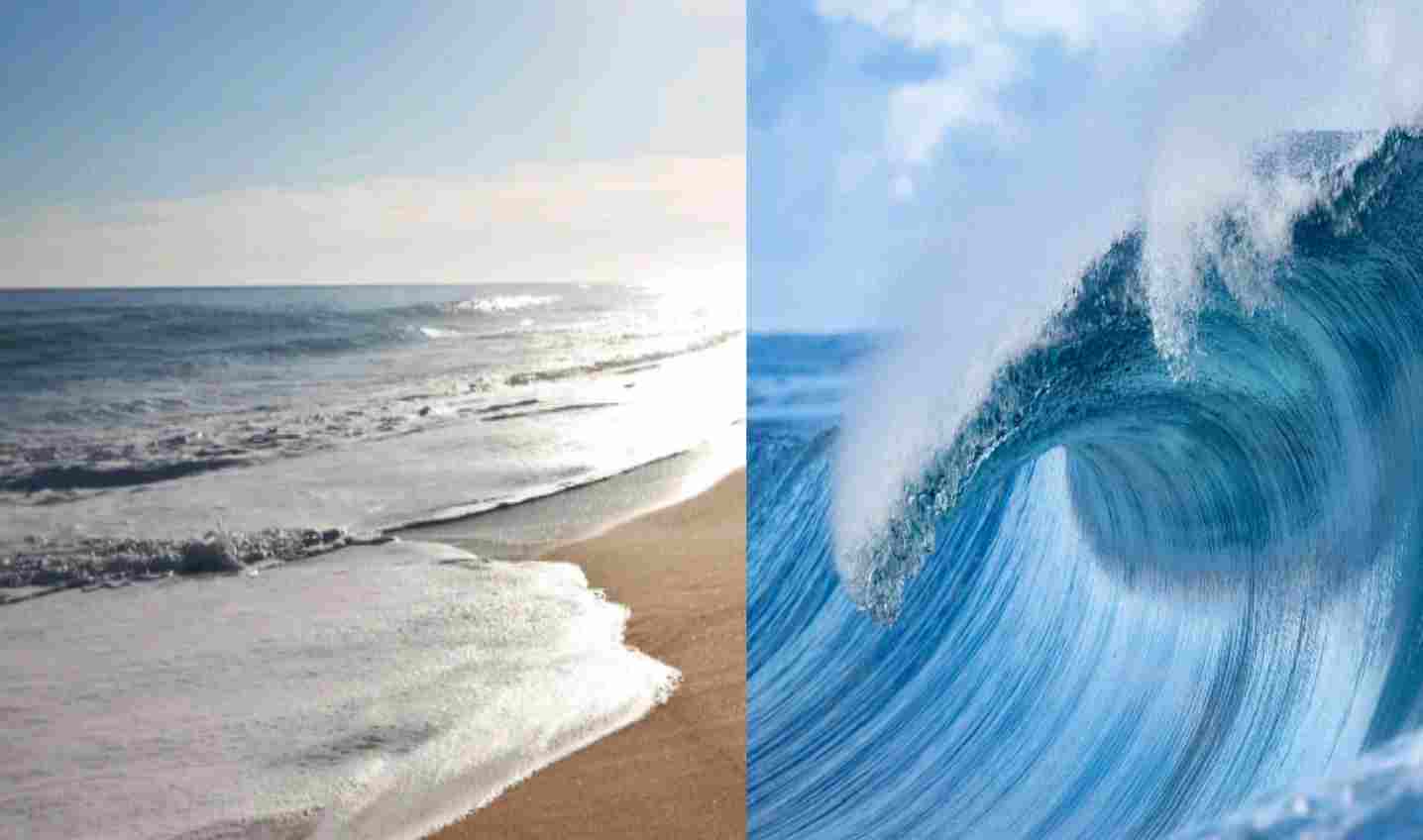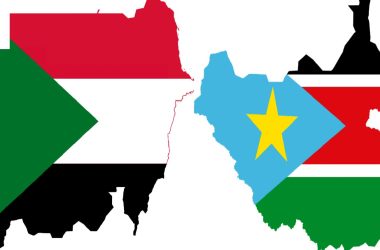The vast expanses of water that cover our planet are classified into various bodies, each with its own characteristics and nomenclature. Two terms that often spark curiosity and sometimes confusion are “ocean” and “sea.” While both refer to significant bodies of saline water, they possess distinctions in terms of size, depth, and geographical features. This exploration aims to unravel the differences between oceans and seas, providing insights into their definitions, characteristics, and roles in shaping Earth’s geography.
Defining the Ocean: Earth’s Global Basins
Definition and Core Concept
Ocean
An ocean is a vast and continuous body of saltwater that covers a significant portion of the Earth’s surface. Oceans are the largest components of the global hydrosphere and are divided into several major basins, each with unique features.
Key Characteristics of the Ocean
Global Distribution
Oceans cover about 71% of the Earth’s surface and are divided into major basins: the Pacific, Atlantic, Indian, Southern (or Antarctic), and Arctic Oceans. These basins are interconnected and play crucial roles in Earth’s climate and ecosystems.
Profound Depth
Oceans are characterized by immense depths, with features like trenches and abyssal plains. The Mariana Trench, in the Pacific Ocean, is the deepest known point on Earth’s seabed.
Ocean Currents and Circulation
Ocean currents, driven by factors like wind, temperature, and salinity, circulate within the oceans, influencing climate patterns and redistributing heat around the globe. The Gulf Stream, for example, is a powerful ocean current in the North Atlantic.
Exploring the Sea: Smaller Bodies with Unique Identities
Definition and Core Concept
Sea
A sea is a partially enclosed section of saltwater that is smaller than an ocean. Seas are typically connected to oceans and may be partially or entirely surrounded by land. They are integral parts of the global maritime system.
Key Characteristics of the Sea
Enclosed Geography
Seas are often found between continents and are partially enclosed by land. They may connect to oceans through narrow channels or passages, such as straits.
Variable Depth
Seas can exhibit variable depths, ranging from shallow coastal areas to deeper regions. They may contain features like continental shelves and slopes.
Regional Distinctions
Each sea has its own unique characteristics, influenced by its geographical location and surrounding landmasses. Examples include the Mediterranean Sea, the Caribbean Sea, and the Arabian Sea.
Comparative Analysis: Ocean vs. Sea
Size and Global Distribution
Ocean: Enormous bodies of saltwater covering about 71% of the Earth’s surface.
Sea: Smaller bodies partially enclosed by land, connected to oceans.
Depth and Features
Ocean: Profound depths with features like trenches and abyssal plains.
Sea: Variable depths with features influenced by regional geography.
Global Circulation and Currents
Ocean: Influential ocean currents circulate on a global scale.
Sea: Localized currents influenced by regional geography.
Enclosed Geography
Ocean: Open and expansive with interconnected basins.
Sea: Partially enclosed, often found between landmasses.
Examples and Regional Distinctions
Ocean: Pacific, Atlantic, Indian, Southern, and Arctic Oceans.
Sea: Mediterranean Sea, Caribbean Sea, Arabian Sea, among others.
Conclusion
In the aqueous ballet that shapes our planet, oceans and seas emerge as principal performers, each contributing to the dynamic narrative of Earth’s geography. Oceans, with their vastness, global influence, and profound depths, are the primary actors in regulating climate and supporting diverse ecosystems. Seas, on the other hand, offer a nuanced subplot, characterized by regional distinctions, enclosed geographies, and unique features.
For further exploration into the concepts of ocean and sea, you can refer to the relevant pages on Wikipedia for oceans and Sea for seas.
As we contemplate the differences between oceans and seas, it becomes evident that these bodies of water, while interconnected, hold their own unique significance in the ecological symphony of our planet. Oceans command the global stage, influencing weather patterns and sustaining life on a planetary scale. Seas, with their diverse regional identities, contribute to the rich mosaic of Earth’s maritime landscapes. Whether marveling at the expanses of the Pacific Ocean or navigating the intricate passages of the Mediterranean Sea, each body of water tells a story of interconnectedness, diversity, and the profound influence of water on our world.
Contents
















